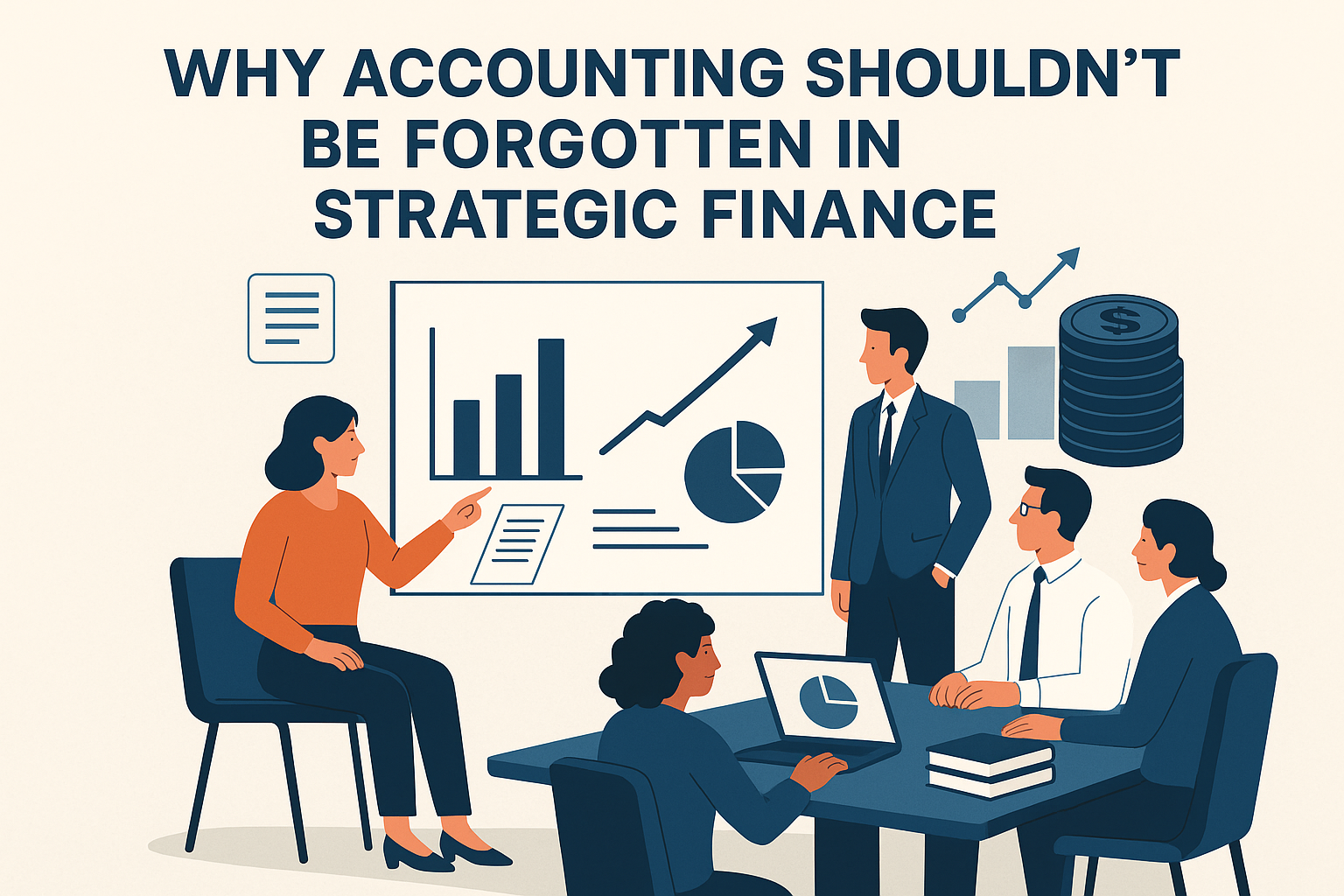Being a Strategic Finance Manager isn’t just a job—it’s an ongoing balancing act. You’re constantly juggling numbers, aligning financial decisions with strategic objectives, and somehow keeping a clear head while navigating last-minute investor demands or cross-functional meetings that run long.
While we’ll frame this article as “a week in the life,” let’s be honest—some of the challenges described here (especially the ones involving cash burn, acquisitions, or marketing LTV) might span weeks or even months. Think of this as an insight into the highlights, the chaos, and the big wins that come with this critical role in the strategic finance function.
Let’s dive in:
Monday: Solving for the Optimal Marketing Spend
The start of the week is all about numbers, creativity, and caffeine. The marketing team is pushing for a larger budget to accelerate customer acquisition campaigns. Your job? Figure out if it’s worth it.
Step 1: Decoding Customer Lifetime Value (LTV)
First, you need to tackle the customer lifetime value (LTV). This involves:
- Crunching Data: Using business intelligence tools to analyze historical revenue data, churn rates, and customer acquisition costs (CAC).
- Forecasting: Leveraging Google Sheets to project LTV for different customer segments.
- Collaboration: Working with marketing to understand how planned campaigns might shift the needle.
You quickly notice that the projected CAC is unusually high. Could it be the new influencer campaign that marketing insists will “change the game”? Red flag noted.
Step 2: Building the Financial Model
With the data in hand, it’s time to build a financial model. Using your trusted tools (yes, Google Sheets can handle a lot if you love it enough), you run scenarios comparing different levels of marketing spend:
- Low Spend: Maintain steady growth but risk losing market share.
- Medium Spend: Capture moderate growth while staying aligned with profitability goals.
- High Spend: Accelerate growth but risk overextending the budget.
Step 3: Presenting Your Findings
By the end of the day, you’ve prepared a strategic finance report. It outlines the impact of marketing spend on profitability, with recommendations rooted in scenario planning. The CFO gives you a nod of approval, but marketing’s skeptical glance says, “we’ll circle back.”
Tuesday-Wednesday: The Last-Minute Investor Request
It’s not even midweek, and you’re already dealing with an urgent request from investors. They need a detailed analysis of the company’s cash burn, comparing the financial implications of two potential products. Oh, and the deadline? Tomorrow.
Step 1: Analyzing Cash Flow
Time is of the essence. You gather all the relevant financial data, analyzing:
- Current cash flow trends across R&D and product development.
- Burn rates for ongoing initiatives.
- The projected timeline for each product’s profitability.
The head of finance warns you that pushing either product too aggressively could trigger concerns from the board of directors. No pressure.
Step 2: Building Product Development Scenarios
Here’s where your strategic financial management skills shine. You create a model comparing two scenarios:
- High-Investment Product: Higher cash burn but a chance to revolutionize the market.
- Low-Investment Product: A safer bet, but less likely to differentiate the company.
You also calculate potential risks, such as delays in development or market saturation. Using this data, you craft a full picture for investors.
Step 3: Communicating with Stakeholders
By Wednesday afternoon, you’ve prepared your strategic finance report. The CEO, Sam Altman, reviews it before the investor meeting, offering a rare smile. “You saved us again,” he says. You’re too tired to respond with anything clever, but internally, you feel like a rockstar.
Thursday-Friday: Build vs. Buy: A Strategic Dilemma
With the week winding down, it’s time to tackle a critical strategic question: should the company acquire a new business or invest in building a product in-house? This isn’t just about dollars and cents—it’s about aligning with long-term strategic objectives.
Step 1: Gathering Data
Your first move is to pull together the raw numbers:
- For the acquisition option, you analyze the target company’s revenue, operating costs, and cultural fit.
- For the build option, you estimate development costs, infrastructure needs, and time to market.
It quickly becomes clear that acquiring the company would require significant integration efforts. You note potential red flags, like overlapping product lines or tech stack incompatibility.
Step 2: Comparative Financial Modeling
You spend Thursday building a robust financial model. The goal is to compare the two strategies based on:
- Upfront Costs: How much cash is required for each option?
- Long-Term Profitability: Which path generates higher customer lifetime value (LTV)?
- Strategic Alignment: Does one option better position the company for its next stage of growth?
Step 3: Presenting to Leadership
By Friday, you’ve consolidated the analysis into a concise presentation for the board of directors. The decision isn’t easy, but your insights ensure that everyone—whether they lean toward “build” or “buy”—understands the financial impact of strategic decisions.
The Strategic Finance Manager’s Superpower
By the end of the week (or month), you’ve navigated a whirlwind of priorities. You’ve crunched numbers, solved strategic dilemmas, and delivered value to everyone from the CFO to the CEO to the marketing team.This role is equal parts art and science. You’re not just managing spreadsheets—you’re shaping the company’s future, ensuring that every financial decision is informed by analytics, aligned with profitability, and prepared for the long run.So, whether you’re optimizing marketing spend, responding to investors, or solving a “build vs. buy” dilemma, remember this: no one ever said being a Strategic Finance Manager was easy. But it sure is rewarding.






.png)

